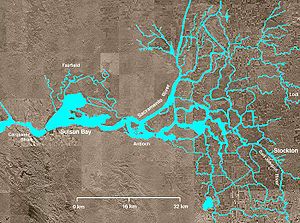 The Bay Delta is the hub of
The Bay Delta is the hub of
 Forty years ago, against the backdrop of fires on the
Forty years ago, against the backdrop of fires on the
A copy of the Action Plan is available here:
 The Bay Delta is the hub of
The Bay Delta is the hub of
 Forty years ago, against the backdrop of fires on the
Forty years ago, against the backdrop of fires on the
A copy of the Action Plan is available here:
Northern California
Public Media
Newsletter
Get the latest updates on programs and events.